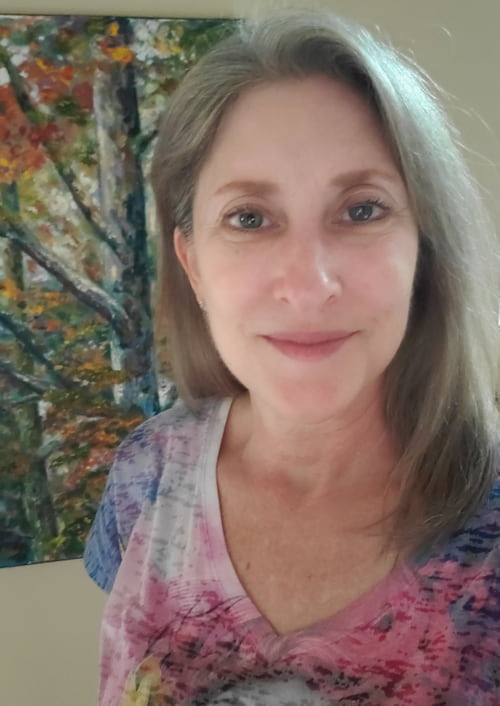
The Gray Truth: Helping Truth-Tellers Navigate ‘White Lies’
By Wendy Lyman
The Challenges With Truth-Telling
My 23-year-old son has the kindest heart for others but is overly critical of himself, which aggravates his overwhelming insecurity. In our conversation the other day, he said he did not feel genuine when talking to people.
“But you are the most honest and sincere person I know,” I remarked.
“It’s that I have to think everything through before I say it so that I don’t voice every thought in my head because I have weird thoughts. I ask myself, Is this appropriate? Did I say it right? Did I make the other person angry? It’s exhausting.”
My son’s words helped me understand yet another facet of his neurodiverse thinking mixed with OCD – the concern that what may be an innocuous comment could be ruining the few fragile friendships that he has.
He has frequently shared with me this concern, asking me after the fact if something he said to someone else was “wrong”. The vast majority of the time, it was not “wrong” or harmful, but my words of encouragement do little to soothe him. In fact, he occasionally says things that many would take as too direct or frank, but that is who he is – an honest, black-and-white thinker. Sincerity is a virtue that he cherishes, but sometimes it backfires on him. And that is a hard lesson to explain.
The “White Lie”
In a court of law, not telling the complete truth is considered a lie of omission. However, in the real world, we do this all the time. We call it a white lie. My son cannot understand the difference between a full-out lie and a white lie, judging them both as “wrong”. But a lie of omission implies that an important fact has been omitted with the purpose of deception. Not the case with a white lie.
This is how I best explained it to my son years ago, as it was explained to me by my own mother in my youth when I overheard her on the phone telling a friend she was busy when, in fact, she was not:
If a friend has just bought an expensive article of clothing that they cannot return, and they try it on in front of you and ask your opinion, are you going to tell them how ugly it is if that is your opinion?
My son said that the truth is what he would want to hear, and so that is what he would tell his friend.
“But what are the repercussions?” I asked him. “What good comes from telling a friend that a harmless decision they made was a poor one, in your opinion? The friend can do nothing to remediate it except feel badly about it. And they will blame you for ruining their small pleasure.”
My son’s response? “At least I would have been honest.”
“And what harm would it do to tell the friend a partial truth such as, I’ve never seen a jacket like that. It’s very original, instead of, That jacket is actually ugly?” I asked.
“But I would not be genuine saying that.”
And there you have it.
Embracing the “Gray Truth”
As I think about the interchange with my son, I think I have a possible solution to this genuine problem. I wonder if the white lie should not instead be called the gray truth. That is, after all, the shade most difficult for the neurodiverse to grasp. Maybe if it were called “gray” instead of “white” (which is the opposite of black just like a lie is the opposite of the truth, when we break it down concretely), we could explain it better to our children who struggle to fit into society and not “say the wrong thing”. Concrete thinkers can be taught some of the skills and thought processes that more abstract thinkers innately understand, but it is a slow journey. And as we the parents of the neurodiverse know as we watch the world news nowadays, the truth comes in many shades.

Wendy Lyman is the mother of two children: an adult son with a slew of acronym diagnoses, including ASD, OCD, GAD, and UC (ulcerative colitis), as well as a neurotypical adult daughter who grew up in the shadow of her older brother. Wendy is also an ESL professor and writer of six published novels (as Wendy Ramer). A Floridian by birth and upbringing, Wendy now lives in Virginia. You can find more out more about her on LinkedIn and Amazon.




